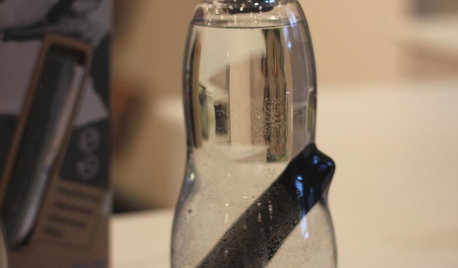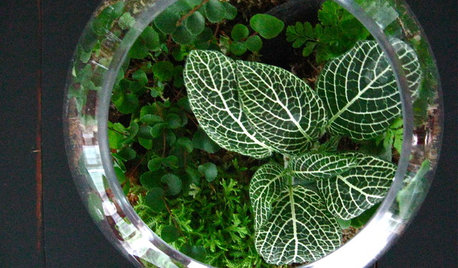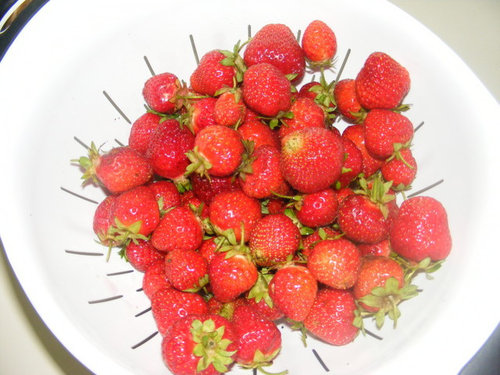Strawberry report [under plastic]
ltilton
9 years ago
Related Stories

EVENTSReport From Italy: Mustard Yellow, Hidden Kitchens and More
See what our team in Italy discovered at Salone del Mobile 2016. Which new design idea speaks to you?
Full Story
TASTEMAKERSICFF 2012 Report: Black+Blum for Home Plus Office
Everyday items for the home and workplace — a water bottle, a dish rack — get an unconventional rethink by the award-winning British company
Full Story0

GARDENING AND LANDSCAPINGChoosing a Deck: Plastic or Wood?
Get the pros and cons of wood, plastic, composite and more decking materials, plus a basic price comparison
Full Story
HOUSEPLANTSGardens Under Glass: How to Make Your Own Terrarium
Be the master of a mini ecosystem indoors — the low-maintenance, highly rewarding kind that fits any room
Full Story
KITCHEN DESIGNSurvey Results: Kitchen Trends That Seem Here to Stay
More than a third of respondents in Houzz’s annual kitchen trends report now have the means to remodel. Here’s what else they told us
Full Story
KITCHEN DESIGNStay Cool About Picking the Right Refrigerator
If all the options for refrigeration leave you hot under the collar, this guide to choosing a fridge and freezer will help you chill out
Full Story
FLOORSFloors Warm Up to Radiant Heat
Toasty toes and money saved are just two benefits of radiant heat under your concrete, wood or tile floors
Full Story
HOUZZ TOURSHouzz Tour: Century-Old Home Gets a Scandinavian Update
A hundred-year-old home of a family in New York is lovingly reworked with fresh colors and modern furniture
Full Story
SAVING WATER11 Ways to Save Water at Home
Whether you live in a drought-stricken area or just want to help preserve a precious resource, here are things you can do to use less water
Full Story
MATERIALSMaterials Workshop: Polycarbonate — a Low-Cost Alternative to Glass
Looking for something lighter, stronger and less expensive than glass? Multiwall polycarbonate may be a good option
Full Story








drew51 SE MI Z5b/6a
ltiltonOriginal Author
Related Professionals
Canton Landscape Architects & Landscape Designers · Baltimore Landscape Architects & Landscape Designers · Barrington Hills Landscape Architects & Landscape Designers · Aberdeen Landscape Contractors · Arden-Arcade Landscape Contractors · Bridgeport Landscape Contractors · Cliffside Park Landscape Contractors · Fort Myers Landscape Contractors · Hawaii Landscape Contractors · Sammamish Landscape Contractors · Tewksbury Landscape Contractors · Westford Landscape Contractors · Palos Hills Landscape Contractors · North Aurora Landscape Contractors · Gulf Gate Estates Tree Servicesdrew51 SE MI Z5b/6a
ltiltonOriginal Author
drew51 SE MI Z5b/6a
ltiltonOriginal Author
drew51 SE MI Z5b/6a
ltiltonOriginal Author